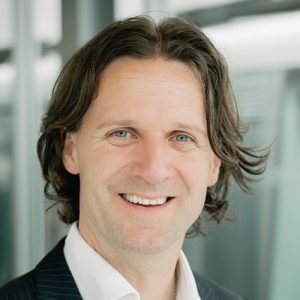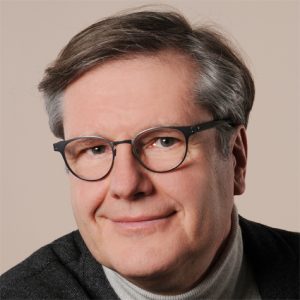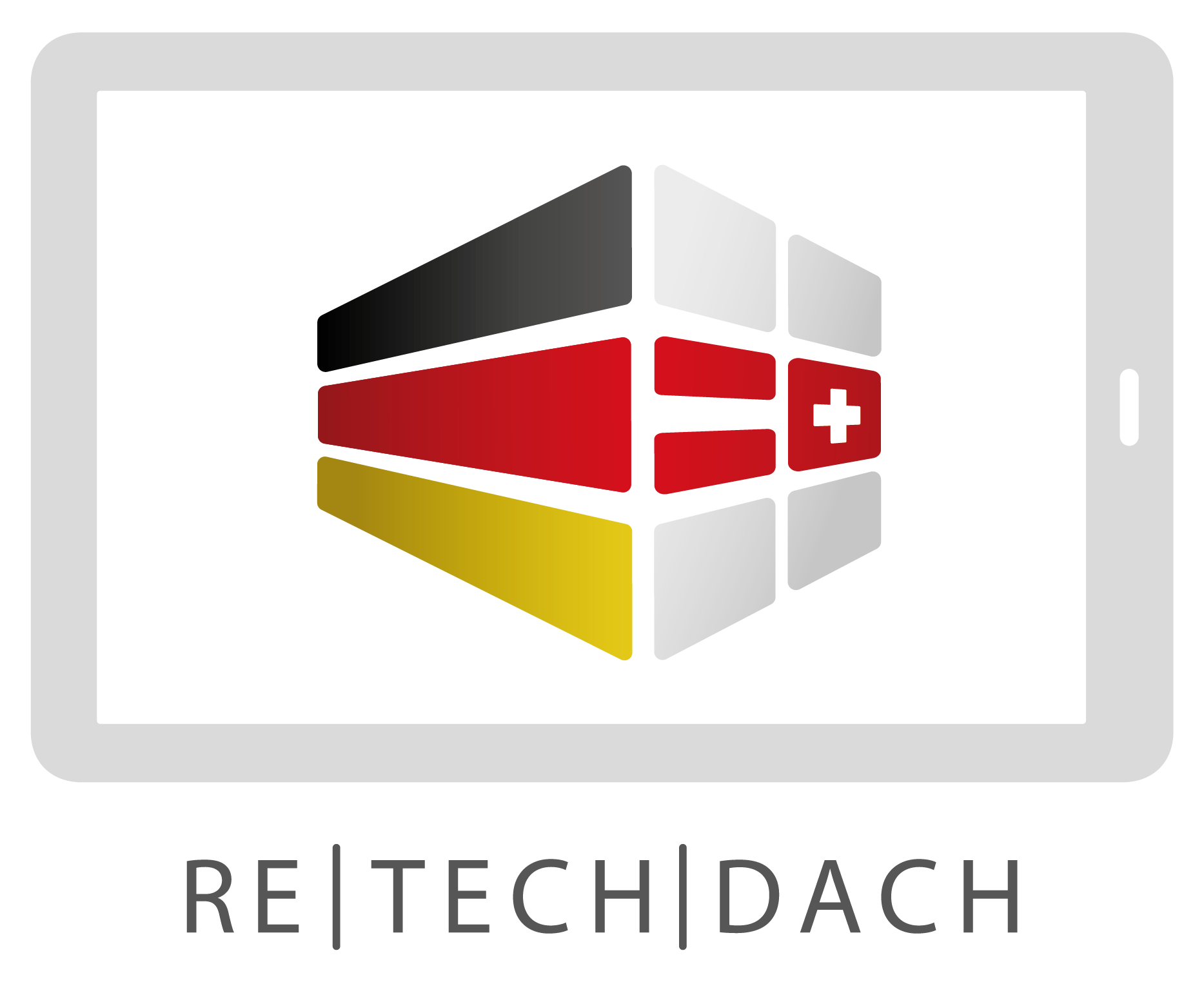SMART | BUILDING
Smart Building, also known as “networked or intelligent house” in German, describes the use of information and communication technology-linked processes in buildings and in city planning. The use of software-based systems for the networking of domestic technology, household and entertainment electronics offers significant benefits to the users of buildings and their operators. The increasing automation of processes leads to a rise in residential comfort, flexibility and security, as well as a significant growth in efficiency and cost savings. As an umbrella organization, we are supporting and fast-tracking the development and application of new smart building technologies. We offer all interested parties a platform for the exchange, presentation and testing of innovative approaches. Through our large, heterogeneous network, financing models can be created and their use in pilot projects can be initiated.
Expert statements
Gitta Rometsch, Heuer Dialog, Founding member

Smart building needs networks. Without city values no real estate values and these are influenced to a high degree by technological upheavals. According to our observations, it is completely open, who will win the race for the control of data, or with regard to the possibilities of artificial intelligence, which jobs will no longer be needed in the near future or what the digitalization is going to bring people and customers in genuine added value. There are many interesting approaches to advancing digitalization. All deal with different phases of the life cycle of the city and buildings. A holistic co-ordinated development is not recognizable. The consequences are obvious. Technological innovations lose their magic when it comes to their implementation in a company structure. This takes time and is expensive. Who actually carries this enormous Investment? If the financing is expected to come from the service providers, they will be able to claim data integrity in return. This promotes strategic cooperation, as network partnerships reduce development costs. In order for smart alliances to emerge and indeed begin to roll, professionally organized platforms and experts need to be trained and exchanged. This can be modern-minded network specialists, who are up to date and who are willing to give young business ideas space to develop in. If you are skillfully networked, you are the central printing station and you control the data. Properly understood, the industry needs to be on board. For it is there and not in the real estate sector where research and development takes place. Therefore, it is high time that industry and real estate get together, with the involvement of local authorities to.
Prof. Timo Leukefeld, Energy Ambassador of the Federal Goverment Founding member

Regarding smart home’s, I would like firstly to quote a renowned expert in this field Dr. Michael Braungart, “Filter’s should not be installed at the end of a sewage treatment plant, but at the beginning”. The committed environmental researcher and co-founder of the cradle-to-cradle movement describes a new way of dealing with raw materials. Dr. Michael Braungart propagates a sustainable innovative usage of resources and materials (cycle) contrary to the commonplace approach where products are usually thought of from the cradle to the grave (linear). This means that products should be thought of right from the start with the intention of attaining a long period of use and the reusability of the materials as a resource at the end of the achieved lifespan. In terms of intelligent houses, it is particularly important to create a balance of high-tech solutions and de-engineering. Only if the properties of smart buildings are truly oriented towards the habits of the users, can we make stress-free living possible in the future. In essence, it is important to use modern solutions efficiently and effectively to provide our houses with sufficient comfort and safety. Intelligent technologies and regulatory processes, for example, make it possible to cover a large proportion of energy supplies from renewable sources by adapting consumption to the fluctuating supply of renewable energies. This protects fossil resources, creates independence from the changing energy prices, and makes housing affordable long term. In addition, digital simplifications reduce hurdles and barriers and simplify everyday life for the increasing number of elderly people in our society. Modern buildings can be inhabited for a longer time and the efficiency of the resources used increases. On the other hand, de-engineering also helps to avoid unnecessary risks, sources of error and wastage of resources. Not as much technology as possible, but as much as is necessary, is the credo, which will enable us to find the right balance of high-tech and sustainability for smart homes of the future.
Ralf Döring, Founding member

A house consists not only of a floor, several walls and a roof. Many factors determine whether we are comfortable or can live healthily in our “4 walls”. In short it is not the building materials and the houses alone which determine the quality and the related living conditions in which we live. A survey conducted by Infratest in 2010 showed that 43 percent of the participants from Germany believe that living conditions had a strong impact on their own health. This is also true for many workplaces. Among the basic housing and living conditions I consider the following subjects to be of extreme importance: the method of heating, the quality of drinking water and the prevailing electrosmog. Since we cannot always be sure that the state, public bodies, communal institutions, industry, construction companies or landlords have made the right decisions to ensure that we can live and work in healthy conditions, we have to be willing to take our own responsibility. It is a personal concern of mine, that all people who wish to make use of the latest technologies and affordable verified products to improve their life’s quality by ensuring a healthy living environment, sparkling and clean drinking water and the lowest possible electromagnetic smog can do so.
